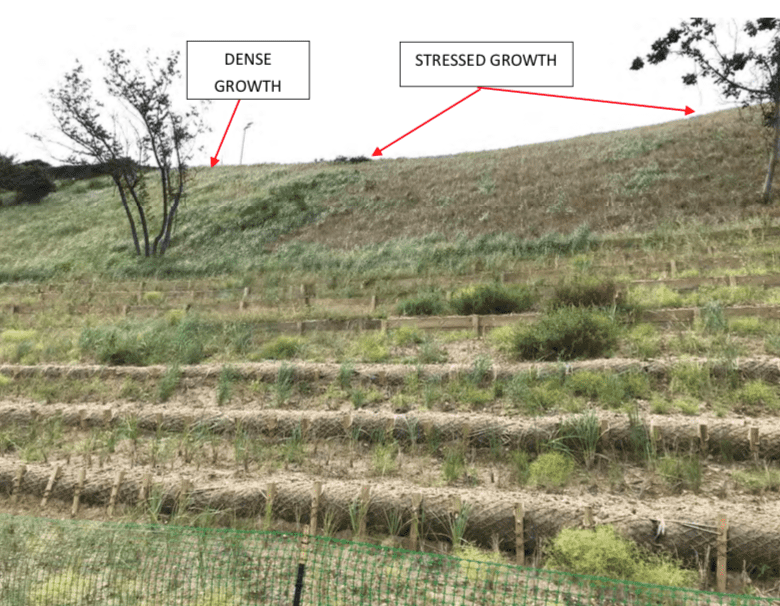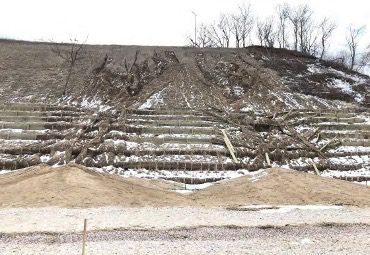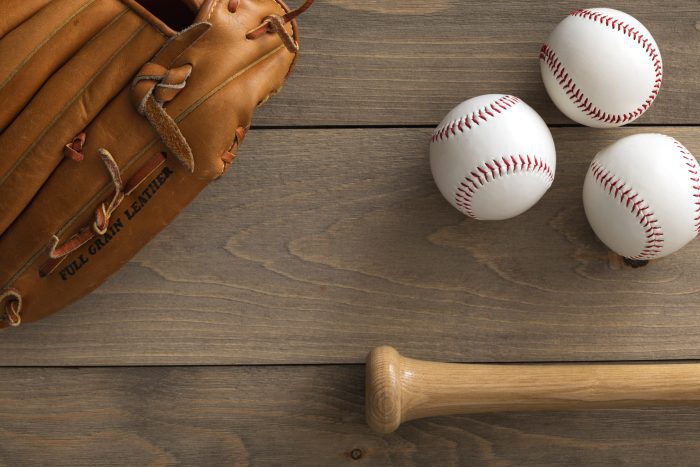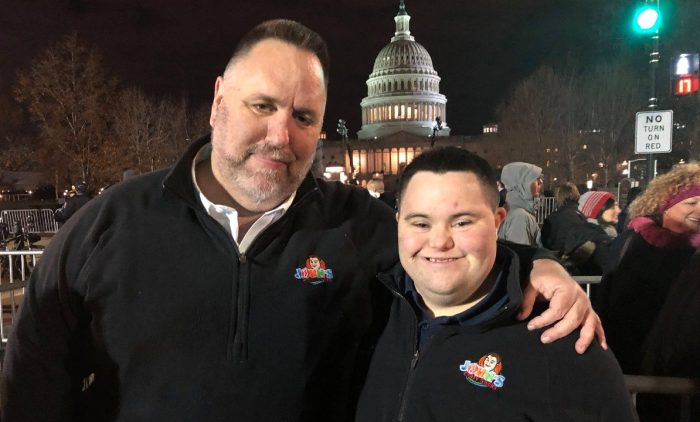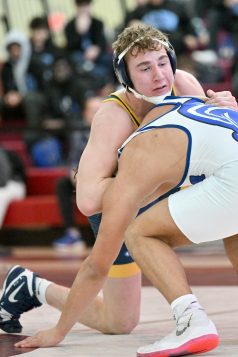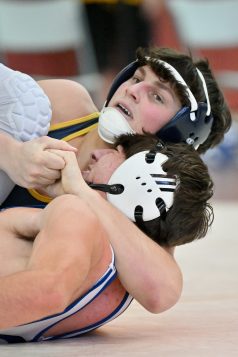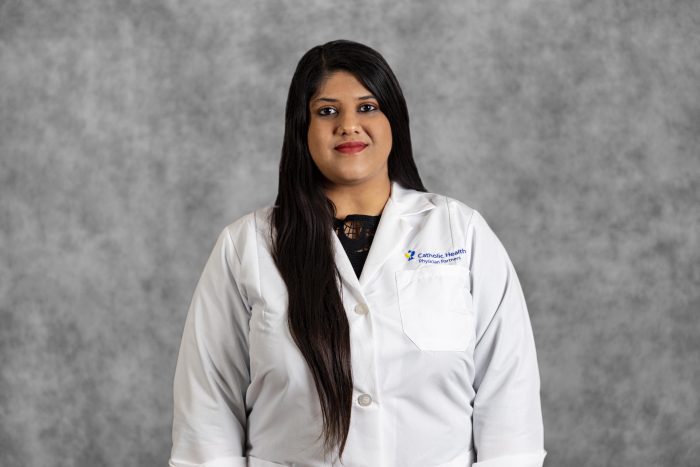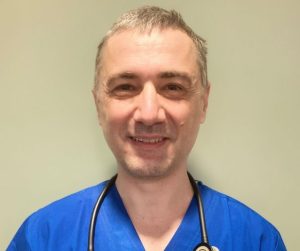By Richard Acritelli
Mel M. Cohen has lived a life of service that continues to this very day. He was born in Kew Gardens, Queens, in 1948 and moved to Levittown with his family several years later. Cohen enjoyed working around cars as a young man and considered himself a “motor-head.” Riding on his bike, Cohen delivered magazines and worked in the deli department at Waldbaum’s.Cohen had much in common with many of the other kids since this suburban area was mostly built by using the GI Bill for returning veterans of World War II. Many of the fathers who saw each other at the stores, schools and baseball fields, were also veterans who fought for America within the European and Pacific theaters of operations. One month after the June 6, 1944, landings, Cohen’s father Robert was a private first class in the 380th Construction Signal Battalion. For the rest of that war, the senior Cohen ran communication wiring to support the aggressive strength of the army that pushed into German territory.
During his senior year in high school, Cohen kept a watchful eye on the Vietnam War, as many of the young men from this sprawling suburb were drafted into the military. His brother Gerald was a member of the 101st Airborne and he instructed Cohen not to wait for the draft. Two days after graduating high school, Cohen enlisted into the United States Air Force. Completing his basic and advanced individual training in Texas, this future police officer became a member of the security forces.
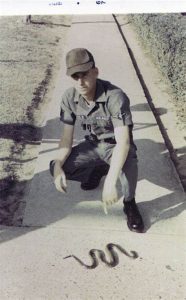
As a young man, Cohen was deployed to a secret military base in Taiwan to guard F-100 Super Sabres and F-4 Phantoms. These military planes were loaded with nuclear weapons that could be flown in seven minutes to hit the Chinese mainland. Cohen was sent as a member of the security forces to guard these powerful aircraft. During the height of the Vietnam War, the United States was concerned about the strength of the Chinese to possibly take over the island nation.
Over the span of two major wars, the Cohen family greatly sacrificed toward the defense of America. First, with his father’s experience during World War II and then through the service of his older brother, Gerald. Cohen looked up to this sibling who was a hardened platoon sergeant in Vietnam and specialized in handling light weapons infantry. With two weeks left on his tour, Gerald, a member of the 101st Airborne Division’s 1st Battalion, 327th Infantry, C Company was killed by a sniper in the field on April 21, 1968.
For Cohen, it seemed like yesterday that his beloved brother was lost fighting for this nation in Vietnam. For the rest of his life, Cohen has helped others in honor of Gerald.
By 1953, Levittown had 70,000 residents, and it emerged as one of the largest suburban townships in America. The president of the Suffolk County Vietnam Veterans Chapter 11, Richard Kitson, grew up in Levittown, and he attended MacArthur High School. His father’s story was similar to Cohen’s, through their veterans affairs activities over the last several decades, they have become best friends. They were both from Gold Star families, as Kitson served in the United States Marine Corps in Vietnam as a mortarman, and when he came home from this war, his brother John Francis entered the military.
Richard’s brother John Kitson was a machine gunner in a weapons platoon of the Marine Corps. John was killed in combat in Vietnam in 1969. Whereas Cohen and Kitson met several years later, at a Vietnam War memorial at a library in Levittown, their brothers’ names are two spaces away from each other. Every day, both veterans speak to each other in the morning, on their way home from work, and they meet for breakfast on Saturdays.
Kitson fondly looks at this relationship and states, “We are best friends, as we both lost a brother to this war, and we were Gold Star families who heavily suffered from this loss. Cohen, for almost his entire life. has been a ‘Veteran’s Veteran,’ who always expects to help others.” Both men, along with their good friend Clarence Simpson, wore their “green jackets” and flashed brilliant smiles as they were recognized by Rep. Nick LaLotta (R-NY1) for outstanding veteran achievement for this community and nation.
Grieving over the loss of his brother, Cohen served the rest of his air force time guarding B-52 Bombers at the North American Aerospace Defense Command (NORAD) base in Plattsburg, New York. Vividly recalling the brutal cold weather during guard duty, after four years of service, Cohen looked forward to leaving the military in 1970. Using the GI Bill, Cohen attended Farmingdale State College for his associate degree, earned his bachelor’s degree in behavioral science at New York Institute of Technology and gained a master’s degree in criminal justice at C. W. Post. Taking several police exams, Cohen was hired at Rochester as an officer for a year, gained experience, and quickly took a job closer to home as an Amityville town police officer. By 1972, Cohen was hired by the Suffolk County Police Department, where he spent the bulk of his law enforcement career until his retirement in 2003. For three decades, Cohen held a myriad of jobs that included working in Babylon for the 1st Squad and for the District Attorney’s Office.
A well-rounded law enforcement figure, Cohen liked dealing with crimes and incidents that dealt with automobiles. He became a specialist within these matters and received training from the Federal Bureau of Investigation in Quantico, Virginia. He was also sent to the Ford Motor Company and Harley Davidson to learn about the construction of these vehicles and how to determine ownership from theft and fire. For over 20 years, this respected detective was counted upon to solve many automotive dilemmas.
Mike Conlon, a member of law enforcement and a longtime guidance counselor at Rocky Point High School, worked closely with Cohen. Conlon said, “This seasoned detective was highly respected within this field and the tactics that he used to solve these crimes was extremely impressive. Cohen was one of the most well-versed police officers to handle these types of unique situations.”
Since he retired, Cohen has been one of the most active advocates of veterans affairs on Long Island and New York State. With Ralph Zanchelli, he helped establish a program for incarcerated veterans to help put them on the right path. They counsel veterans who are suffering from alcohol and drug abuse and are still inflicted with post-traumatic stress disorder. Cohen is pleased with this program’s important results over the last several years in trying to find jobs, housing and medical assistance for these veterans who have fallen on hard times.
Every Memorial Day at Bald Hill in Holtsville, Cohen along with Kitson and other members of the Suffolk County Chapter of Vietnam Veterans Chapter 11 hold a major ceremony. After attending the program at Calverton National Cemetery, they read the 256 names of Suffolk County veterans who were killed during the Vietnam War. This tradition has been done every year since 1991 by this local chapter of Vietnam veterans. Cohen, Kitson, Clarence Simpson, the members of this special veterans organization all come from different ethnic, racial and religious backgrounds. They are “Brothers in Arms” who demonstrate on a regular basis, that this melting pot of different origins has unitedly worked together for the betterment of the past, present and future veterans affairs needs.
For 10 years, Cohen organized breakfast for local Gold Star families at the Marriott Hotel in Hauppauge. Always next to him was Kitson, as both men use their sensitive experiences in how to assist other families who have lost members defending the United States. After World War I, President Woodrow Wilson supported the recognition of families, especially mothers who lost loved ones in uniform. Many people do not realize that living among our citizens are families that have suffered over the agonizing loss of members of the armed forces. It has been estimated that since 9/11/01 more than 16,000 veterans have died in noncombat circumstances, this number far surpassed the 7,000 Americans who died in Iraq and Afghanistan. Cohen has played a vital role in providing counseling to these grieving families and advocating to ensure that they are not forgotten by our local, state and federal levels of government.
Cohen has been a key member with Jewish War Veterans of the United States of America. This is one of the oldest veteran’s organizations in this country that was chartered by Congress in 1896 that was originally based out of Manhattan. Cohen is currently the post commander for the Colonel Mickey Marcus Jewish War Veterans Post in Centereach. This year, Suffolk County Leg. Chad Lennon (R-Mount Sinai) recognized Cohen as the Man of the Year for the Jewish American Heritage Month.
Cohen ensures the mission of this organization to always help local veterans and to oppose the rise of antisemitism. Cohen, as the New York State action officer, investigates hatred against Jewish people in this state and nation.
And through all these numerous endeavors, Cohen is also an important member of Rocky Point VFW Post 6249. Always wanting to help with the many activities of this extremely busy veteran’s organization, its commander, Joseph A. Cognitore, is pleased to have the experience of this productive citizen. Cognitore stated, “His determination to always help our local and national veterans never stops. He is a true gentleman who has a wealth of knowledge that has been truly amazing to witness over the last several decades. We are proud to have the presence of Cohen at Post 6249, where he is one of the finest patriots that I have ever worked with within Veterans Affairs.”
Cohen is on the committee for the Veterans Day program that is held at Calverton National Cemetery. He meets once a month to help with the Wreaths Across America program, organizes speakers and the several groups of veterans organizations that will attend this important event. With Cognitore, Cohen is on the Advisory Board for the Long Island State Veterans Home in Stony Brook to oversee the care of veterans, the number of beds, services and the medical qualifications for this staff.
Kitson said about his good friend, “Cohen is a special person who on a regular basis has made this area extremely proud of his devotion to demonstrate an unyielding presence to always extend a helping hand to a veteran.”



